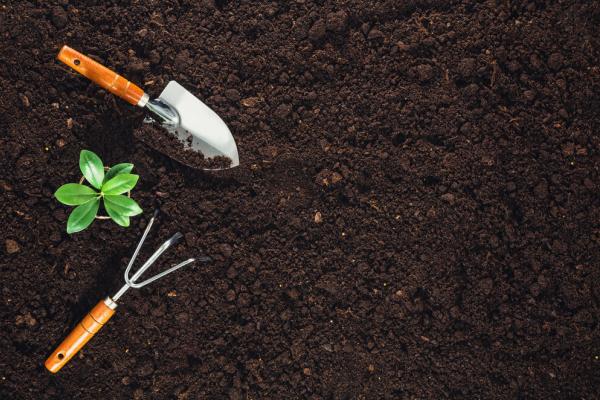Apr 26, 2019
All of us have witnessed the detrimental effects of mass production and consumption that Brueggemann talks about, not only in the anxiety that fills our daily lives, but in the destruction of the very earth that sustains us. Because of this, we understand that not only tending the earth, but connecting to nature around us can also be a form of resistance, similar to that of rest.
Read the Full Article

Already a subscriber? Login
